Steph W. from SEOPressor


...help you check your website and tell you exactly how to rank higher?


76
score %
SEO Score

Found us from search engine?
We rank high, you can too.
SEOPressor helps you to optimize your on-page SEO for higher & improved search ranking.
By winniewong on February 15, 2016

One of the keys to good marketing is understanding psychology. Think about it – psychology is the study of human behavior.
A huge part of marketing is figuring out who your target audience is and what they want. You want to determine what your audience wants and how you can give it to them, not to mention how you can convince them that your products or services are exactly what they need.
All of the online marketing strategies that you are using are based in psychology in one way or another. You’re trying to build a relationship with consumers in order to build trust and loyalty so that they will buy your products or services.
But this is a somewhat obvious connection, and a bit of a vague one too. In order to truly use psychology to your advantage, you should use a number of marketing tricks based on psychology. The following are four psychological marketing tricks that every business should employ.

The halo effect at its core is very simple. It describes the bias that consumers have towards products by a certain company.
For example, say a consumer buys a product from a certain company. They love this product. The company releases a second, unrelated product. The consumer will then choose to buy this second product from the same company instead of looking at similar products from different companies due to the first experience that they had.
One of the best examples of this is Apple. Apple has been around for decades, but when the iPod came out, it really set the world on fire.
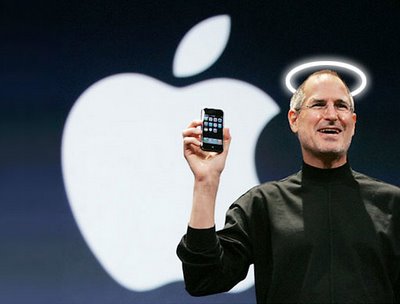
The success of the iPod helped to substantially boost sales of their Mac laptops. This happened because customers that bought iPods were so happy with the product that they chose to also buy other products that Apple released – and continue to do so today. It’s one of the reasons why consumers were practically camping in line during the original launch of the iPhone.
So how does this work psychologically? I mean, if you look at the example I used involving the iPod and the Mac, it makes complete sense on one hand, but on the other hand, it kind of doesn’t. An MP3 player is completely different than a laptop, so why would customers who bought the iPod blindly decide to buy the Mac laptop as well?
Yes, the company proved itself. But just because you make one good product doesn’t mean every product you make will be good. To really understand this, I’ll need to go to the origin of the term “halo effect.”
The term “halo effect” was coined by Edward Thorndike. However, he wasn’t thinking about marketing when he came up with the idea.
The halo, of course, is a religious reference. A person depicted with a halo over his or her head is typically an angel. This meant that if you saw somebody depicted with a halo over their head, you would assume that they were a good person. So basically, a single characteristic – the halo – determined how you judged that person’s character.
When it comes down to it, the halo effect is essential in creating brand trust and brand loyalty. But you don’t have to just put out an amazing product in order to create the halo effect. That product is an impression you’ve made on the consumer – and you can make a good impression that acts as a halo effect using other methods as well.
For example, if you create amazing content for your blog that is extremely helpful, it will paint your brand in a positive light that could translate to sales. The same goes for the way that you engage with consumers on social media. If you leave a great impression, they’ll be more likely to try one of your products or services.
Of course, the opposite is true as well. If you create bad content or treat followers poorly over social media, it will leave a bad impression. This is known as the “horns effect.” The horns, of course, are used to describe a devil figure. If this happens, consumers are less likely to try your products or services – even if they are of better quality than the competition.

The information gap theory is something that you’ll want to keep in mind as you write your business blog. It’s all about tickling the curiosity of readers.
The theory was developed by George Loewenstein. He defined curiosity as being an innate human behavior that is triggered whenever there is a gap between what people know and what they want to know.
This gap is what, according to Loewenstein, influences people to take certain actions. In marketing terms, it’s what influences consumers to purchase your products, share your blog posts or subscribe to your email list, to name a few actions.
You understand what the information gap theory is and how it applies to marketing, but how exactly can you use it to your advantage? You might think that it comes into play with the title of your content. It can certainly be effective when used in the title, but it doesn’t necessarily have to be used here.
One place where it should be used, however, is within the introduction. The introduction is where you should attempt to establish the gap between what readers know and what they want to know.
Here are a few examples of how the information gap theory can be put to use within a sentence:
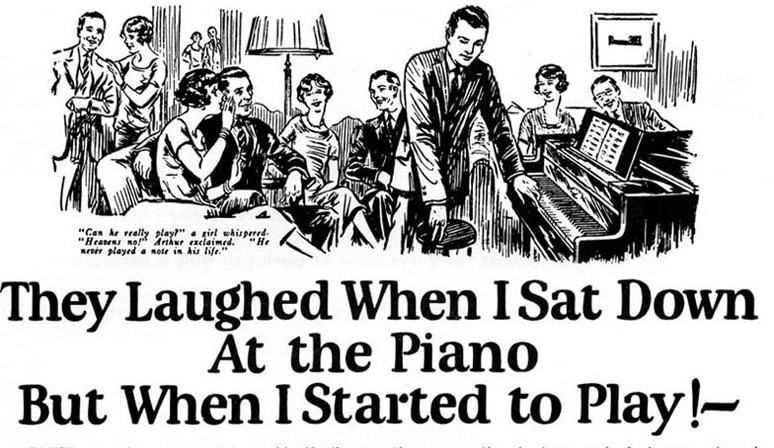
An example of how the information gap can pique reader’s interest.
Do you see how it works? These sentences establish a goal (getting visitors to read your blog, boosting blog traffic and improving your online marketing) as well as presenting the solution to that goal (using the information gap theory and using psychology), but leave a huge gap in terms of how you get from point A to point B. This is the information gap that will pique the curiosity of your readers, leading them to continue reading.
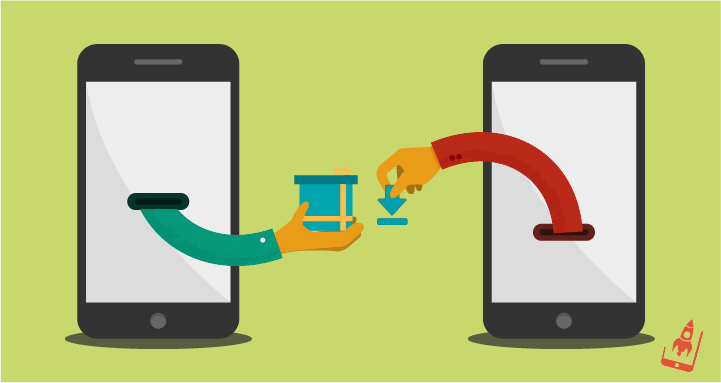
The theory of reciprocity is another very simple principle that everyone understands. It describes the need for a person to give back when something is received. For example, say you suddenly find yourself in need of a ride to the airport at the last minute.
Maybe you post on Facebook asking if any of your friends are available to give you said ride. If one of your friends does answer the calling, you’re probably going to want to return the favor somehow, whether it’s by filling up their tank with gas or by letting them know that they can give you a call if they need something since you owe them.
At its most basic, you give something to consumers and they’ll be more inclined to do what you want them to do, whether it’s buy a product or sign up for an email list, to name a few possible actions.
But let’s go into a little bit more detail concerning a few effective marketing tactics that make use of the theory of reciprocity:
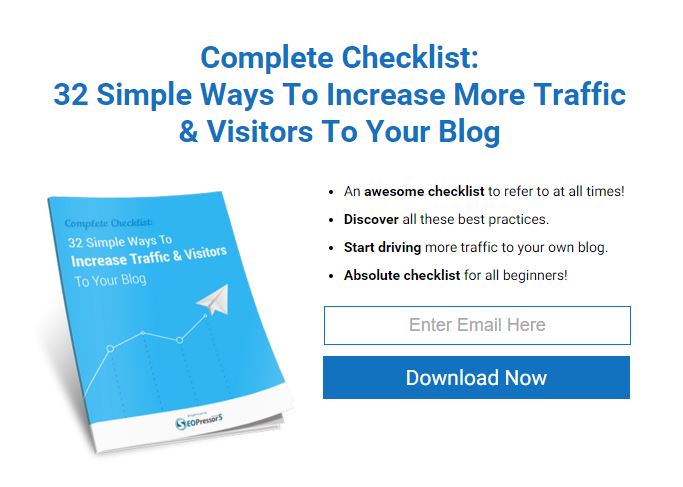 While many websites will require visitors to sign up to their email list in order to access free downloads (in itself a good strategy), you may even want to set up a section on your site that simply has a number of free downloads that don’t require any such action.
While many websites will require visitors to sign up to their email list in order to access free downloads (in itself a good strategy), you may even want to set up a section on your site that simply has a number of free downloads that don’t require any such action.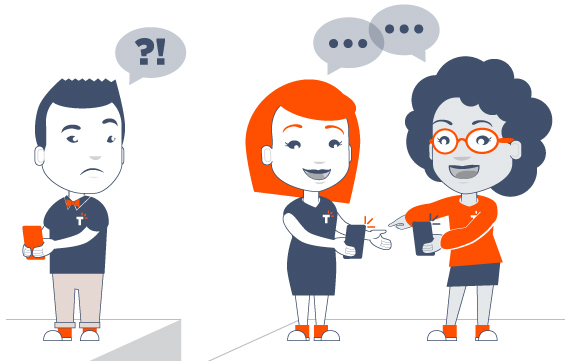
FOMO is one of those terms you may have heard the youth of today throw around online, like YOLO (You Only Live Once). FOMO stands for Fear of Missing Out. It’s not hard to figure out that something like FOMO could influence how consumers act with your brand.
There’s nothing that will instill action into a consumer like the fear of regret. Just think about how often you’ve made a purchase when an item was on sale simply because you thought to yourself, “when is that item ever going to be on sale again?” This is FOMO in action. FOMO is a very strong psychological tool that you can use in order to boost your sales.
The following are a number of ways that you can instill FOMO in your consumers, thereby leading to more sales:

Effective marketing requires you to understand human behavior. As you can see by these four marketing tactics, they all use an element of human psychology in order to be effective. Every business should strive to take advantage of the halo effect, the information gap theory, the theory of reciprocity and the theory of FOMO.
Related Articles:
Updated: 2 January 2026


Save thousands of dollars (it’s 100x cheaper)

Zero risk of Google penalty (it’s Google-approved)

Boost your rankings (proven by case studies)
Rank High With This Link Strategy
Precise, Simplified, Fast Internal Linking.
